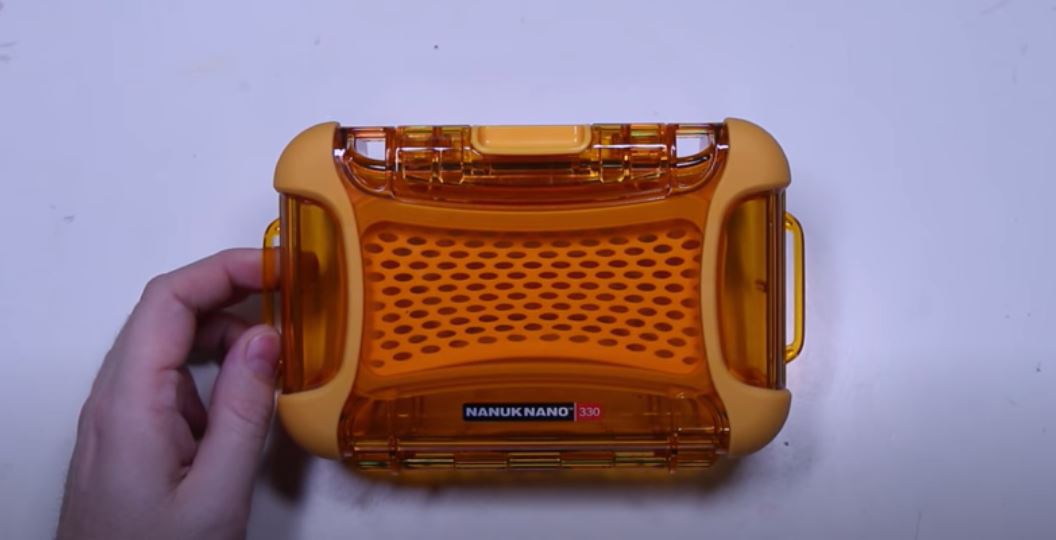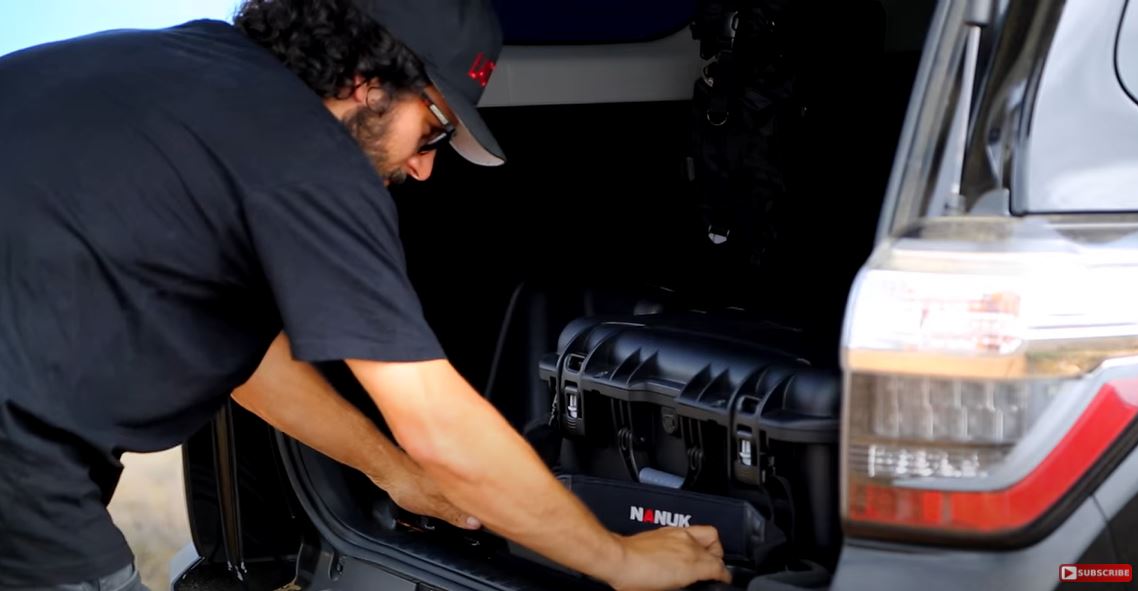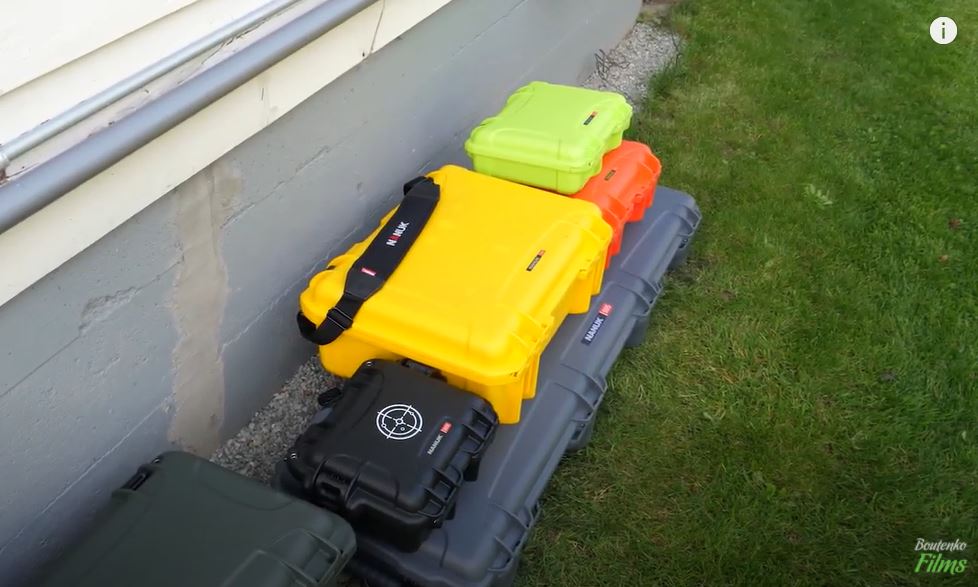custom-built hard case for DJI phantom ·
DJI Phantom drones ·
hard case for DJI phantom ·
protect your DJI Phantom ·
protect your drone ·
Hard Case on the DJI Phantom: 5 Tips to Protect your investment (and the people around it!)
 I believe that the DJI Phantom 3 is truly an incredible (and expensive!) piece of technology, and it deserves dedicated protection. The need for protection goes both ways, though - as much as your drone needs to be handled with care, so too must you watch out for those who are nearby.
I believe that the DJI Phantom 3 is truly an incredible (and expensive!) piece of technology, and it deserves dedicated protection. The need for protection goes both ways, though - as much as your drone needs to be handled with care, so too must you watch out for those who are nearby.
Of course, with great power comes great responsibility; this drone is so powerful and dynamic that it can actually do a lot of damage in the wrong hands. Hard Case team has prepared 5 tips to help you protect your DJI Phantom, and the community where you fly it - read on and start protecting your investment!
-
Don’t soar over anybody! Unless somebody involved in a photoshoot gives you their explicit permission to do so and is completely aware of the risks involved, you should never fly your DJI Phantom over people. When fitted with a GoPro, battery, iOSD Mini, and video transmitter, your drone will weigh about 3 pounds, which is more than enough to seriously injure somebody if it happens to drop out of the heavens and fall on them. You may have one of the coolest drones out there, but it doesn’t give you the right to expose people to this kind of risk. Try to give people a wide berth of at least 25 feet, since wind conditions can alter the fall of your drone.
-
Don’t lean on your GPS position or return-to-home command to get you out of trouble. Many people opt for a Hard Case for their DJI Phantom because it has no many delicate and sophisticated components to protect; the GPS receiver is one thing you’ll want to keep in pristine condition, but even if you do, it doesn’t mean you can rely on this feature to take over for you. Even in perfect working order, your DJI Phantom’s GPS receiver must interact with a minimum of seven satellites before it will be given proper guidance. Any time it falls short of this seven satellite requirement, your Phantom’s GPS receiver will not function properly. For this reason, you should not rely on this feature to get you out of trouble. Always keep the drone in sight, and maintain an awareness of its altitude, distance, direction, and speed manually at all times.
-
Give yourself time to learn the controls and sensitivity. This should be self-explanatory, but it is worth repeating. The DJI Phantom is probably too cool for its own good - many users have been overcome by excitement and gotten themselves into trouble. Flap those wings a little before you start soaring off of cliffs! A little bit of training will pay off, and it will be fun to set and achieve goals as you fiddle with your new drone. Practice your climbs and descents, alternate flying nose in and nose out, and learn how to move your drone in all directions. Once you are comfortable flying figure 8s and pivoting around the yaw axis in controlled environments, you can start to practice in different wind conditions. This will allow you to truly appreciate your drone for the marvel of engineering it is, and keep it safer than if you try to go supersonic five seconds after unboxing it.
- Be cautious of air traffic, and stay under 400-feet AGL (above ground level). Your DJI Phantom has features that will prevent it from exceeding certain altitudes and flying too close to airports, but don’t test them. It is your responsibility to remain conscious of all local air traffic. A good guideline is to always stay under 400’ AGL. Another mandatory one is to avoid airfields at all times. This is serious - a 3-pound drone can take down a 747 if it barges through a jet engine. Though your DJI Phantom has a feature in place to lock down its flight function near airfields, you should never put yourself in a position where you are putting that feature to the test.
- Protect your drone on the ground. Flights and landings aren’t the only times that your drone is at risk of taking damage. Travel and storage can do just as much damage to your flying pride and joy. Investing in carrying protection for your drone is just as important as learning to master its controls. Investing in a custom-built Hard Case for DJI Phantom drones eliminates the risks of mishandling and weathering, and makes storage fast and simple. See if the custom DJI Phantom 3 Hard Case is right for you.


